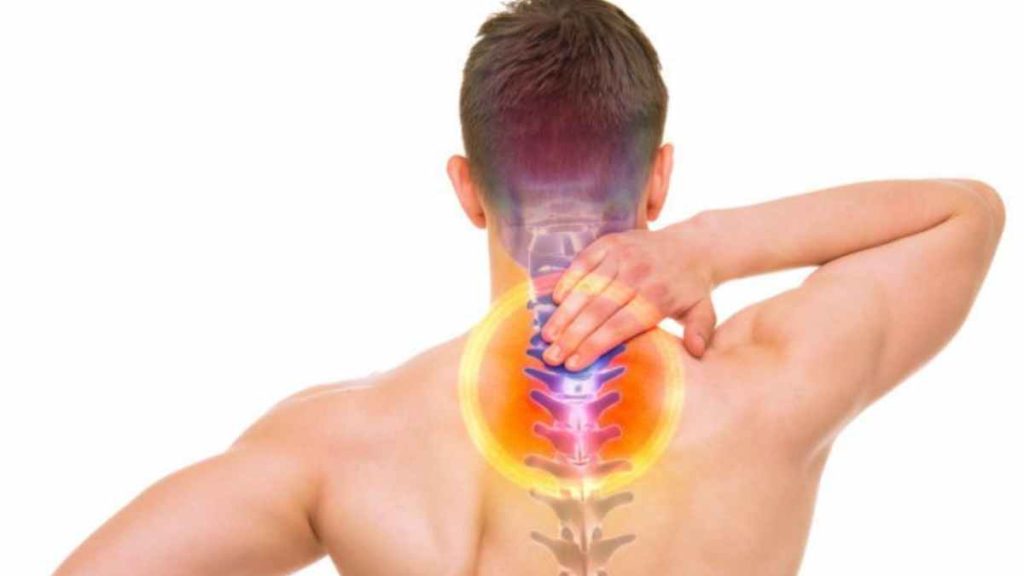Intro
Myelomalacia of the spine is a condition characterized by progressive damage and deterioration of the spinal cord due to decreased blood flow.
It can result in severe disability or paralysis, so it’s important to know what causes it, how it’s diagnosed, and potential treatment options.
By understanding your options and working with your doctor, you can find the best course of action for managing your symptoms and improving your quality of life.
What Is Myelomalacia of the Spine?
Myelomalacia of the spine is a condition in which spinal cord tissue has been damaged due to decreased blood flow and oxygen to the area.
As a result, essential proteins necessary for proper functioning of the nerves may not be produced, leading to loss of sensation or muscle function below that particular level.
Myelomalacia of the spine can sometimes lead to paralysis, weakness, or numbness.
What Causes Myelomalacia of the Spine?
Myelomalacia of the spine is most commonly caused by direct trauma such as a car accident or fall, but can also be caused by conditions such as tumors, infections, and spinal stenosis.
It can also be triggered by certain medications or medical procedures.
How Is Myelomalacia of the Spine Diagnosed?
Myelomalacia of the spine is typically diagnosed through imaging tests such as MRI, CT scans, or X-rays.
Additional tests can also be used to measure muscle responses and reflexes, as well as nerve conduction studies to measure electrical activity in the nerves.
What Are Some Treatment Options for Myelomalacia of the Spine?
Treatment options will depend on your unique case and what your doctor believes is best for your condition.
Always be sure to consult with a professional. With that being said, here are just a few treatment types to keep in mind.
1. Surgery
Depending on the severity of the injury, surgery can be used to reduce pressure on the spinal cord or address any underlying causes, such as tumors or infections. It may also be used to stabilize fractured vertebrae.
2. Physical Therapy
Physical therapy can help strengthen weakened muscles, improve coordination, and prevent muscle atrophy.
3. Stem Cell Injections
Stem cell injections may be administered to help repair damaged nerve tissue and improve muscle function.
4. Electrical Stimulation Therapy
This therapy uses electrical pulses to stimulate the nerves, which can help reduce pain and improve muscle coordination.
5. Assistive Devices
More severe cases of Myelomalacia result in adaptation rather than curing, such as using assistance devices.
Assistive devices such as braces or wheelchairs may be used to help those with myelomalacia of the spine to more easily move around and complete everyday tasks.
Tips for Living with Myelomalacia
If you’ve been diagnosed with Myelomalacia, there are a few tips to keep in mind to make living with the condition smoother.
● Maintain a Healthy Lifestyle: Eating a balanced diet, exercising regularly, and getting adequate rest can help to manage symptoms.
● Keep Up with Medications: Taking your medications as prescribed and attending follow-up appointments is crucial. Regular checkups with your healthcare provider are important to monitor your condition and adjust treatments accordingly. For more information on how cannabis can offer a natural pain management regime for Myelomalacia, visit Marijuana Doctors.
● Maintain a Healthy Lifestyle: Find activities you enjoy that are safe for your condition, and use any necessary assistive devices to help you maintain an active lifestyle.
● Rely on Your Support System: Social support can be a key factor in managing symptoms and staying positive. Talk to family and friends about your condition and how they can help.
● Stay Informed: Don’t be afraid to ask questions. Knowledge is power when it comes to managing Myelomalacia. Ask your healthcare provider any questions or concerns you may have, and look into support groups for additional resources.
Conclusion
Myelomalacia of the spine can be a difficult and debilitating condition to manage, but there are treatment options available that may help reduce symptoms and improve quality of life.
It is important to discuss all of your options with your healthcare provider in order to find the most effective course of treatment for you.
With the right care, it is possible to manage symptoms and continue living an active, healthy life.

